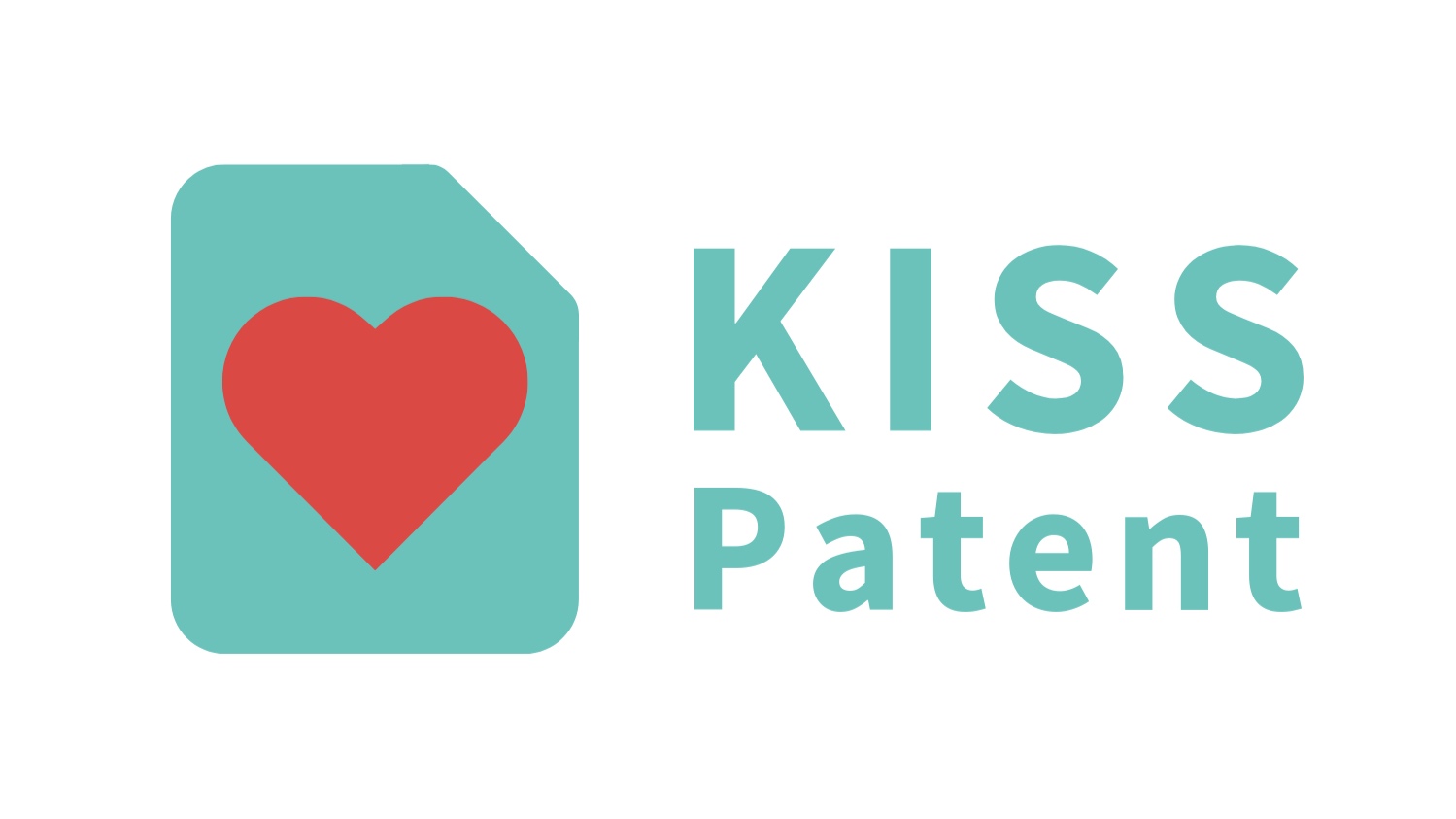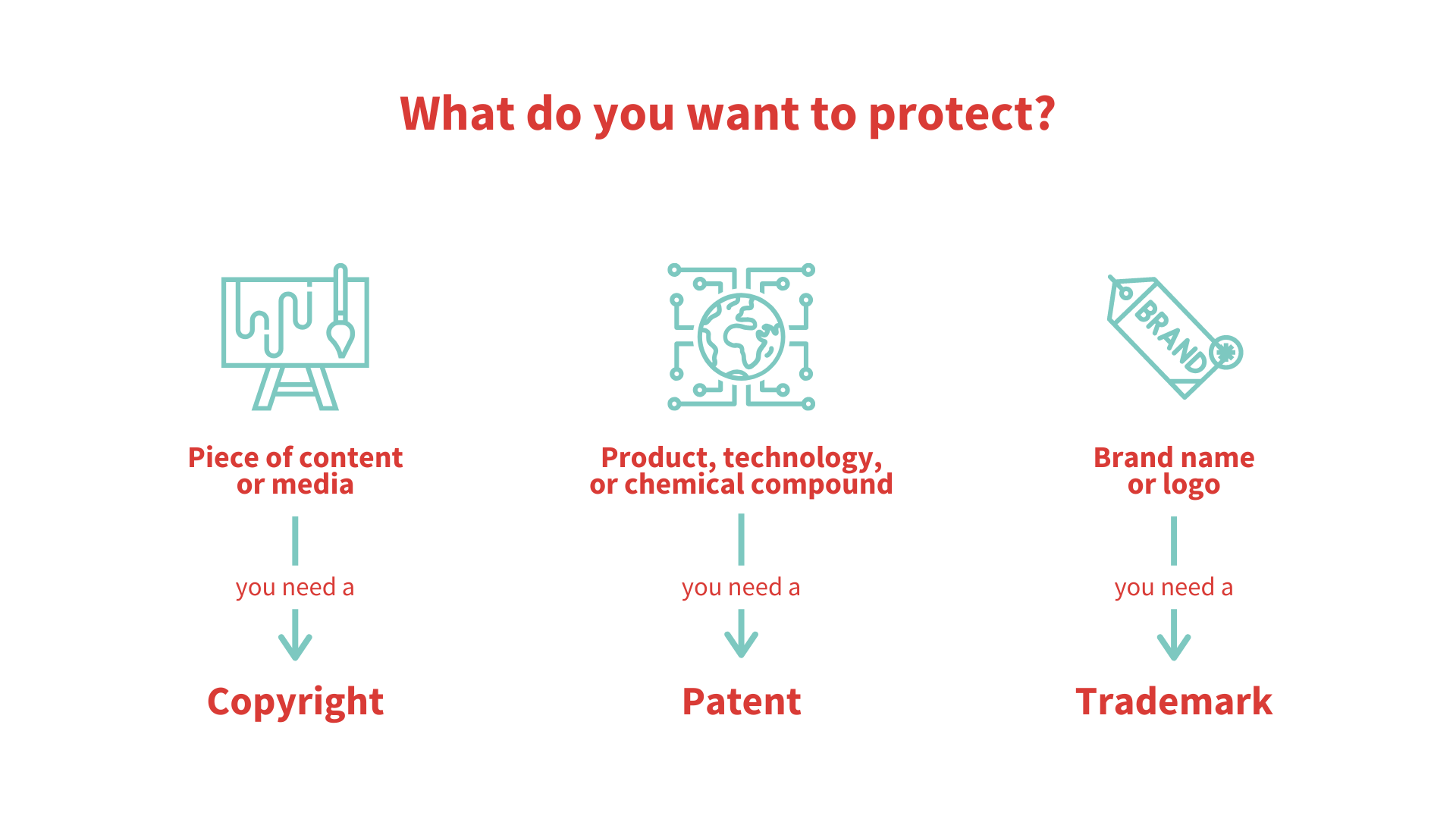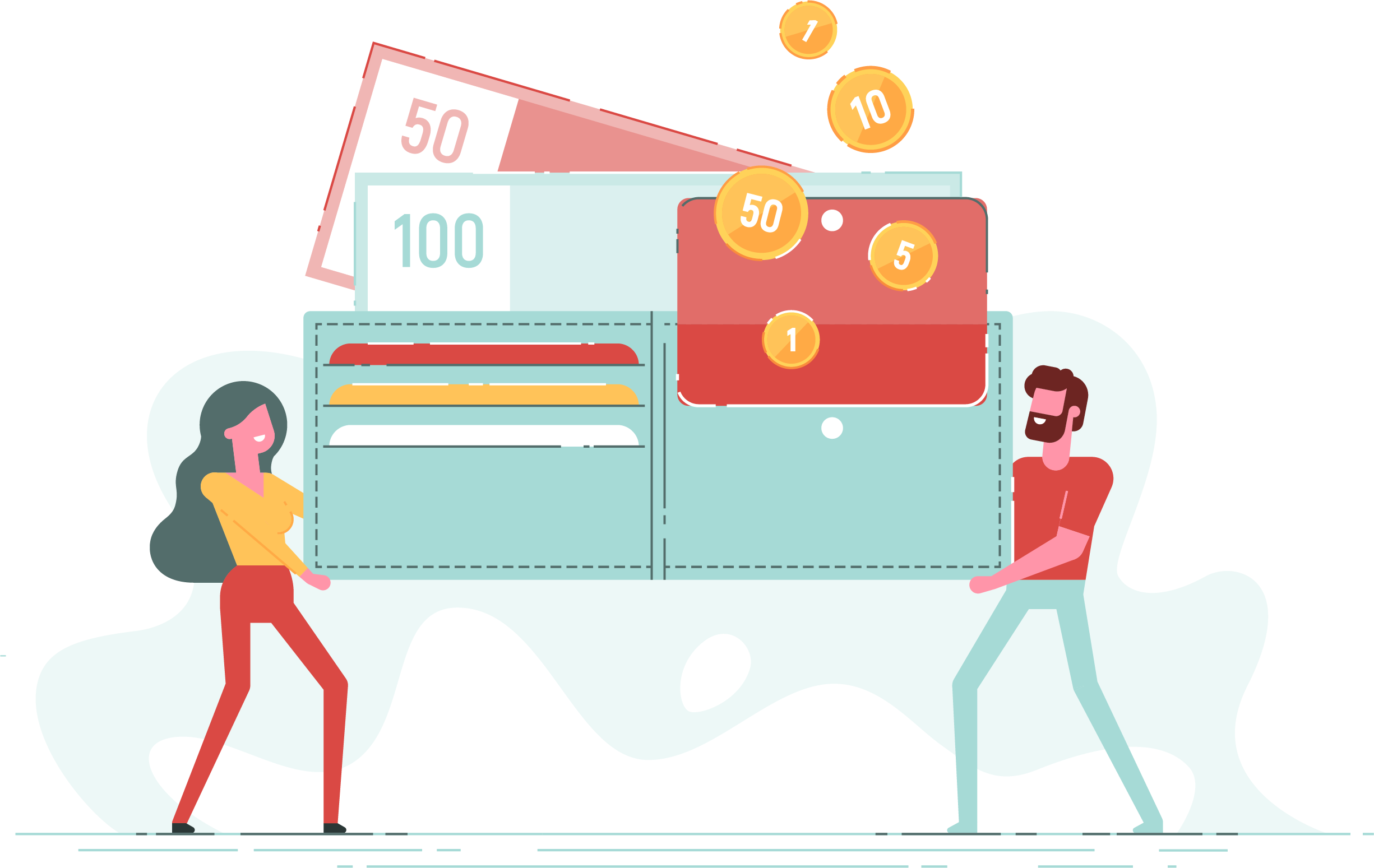Copyrights protect artistic and creative works like photographs, literary works, and even code (yes, code!). If the content is the main feature of your creative idea, then copyright is probably your best bet for intellectual property (IP).
Copyright can also be used to protect a logo!
Copyrights have many advantages over other types of IP protection. For one, it’s quite inexpensive — the registration fees at the US Copyright Office (if you do it yourself) are only $55.
It’s also a fast procedure, as you will receive a filing receipt immediately if you file electronically. Finally, copyrights do not involve any type of examination procedure; once you receive the filing receipt, then you have automatically registered your copyright.
A copyright is an inherent right, meaning that the creator of a work (or his/her employer, if performed under contract) automatically owns the copyright in creative work.
You will, however, need to register your copyright in the US in order to be able to enforce it.
Note that we haven’t talked about patents. Although many think that patents protect all kinds of ideas, they can’t protect works of art. You’ll find this chart useful to know which kind of idea protection you need:
Difference between copyright, patent, and trademark
When a copyright can help you – and when it can’t
A copyright can be used to protect specific types of ideas. These are some examples of what you can protect with copyright:
All printed material including books, manuals, brochures, magazine articles
Contents of websites
Images (whether physical or digital)
Video, including the components of videos (visual information, story, spoken words, music)
Music, including lyrics, melody, sound recordings, written musical score
Computer code (but not the underlying idea or design – see below)
Some ideas that copyright can’t be used to protect:
It cannot be used to protect names or slogans – those must be protected with a trademark
It cannot be used to protect broad software ideas – those must be protected with a patent
And what about logos?
Well, logos are trickier. Sometimes they can be protected with copyright, sometimes with a trademark – and sometimes with both. Check with a copyright or trademark professional for any specific logos that you want to protect.
Why you need copyright protection
Registering for copyright enables you to protect your ideas. For example, if someone uses your copyrighted idea without permission from you, you can seek damages.
You can also license your copyrighted works in exchange for payment (a great idea for passive income!)
You need to protect your ideas as otherwise you may fall victim to Internet mashup culture, in which others take your ideas – which you worked really hard to develop – and mix them into a new creation, without your permission or control.
Even if you file for copyright, you can still give others the right to use your ideas – but according to your requirements, not as a free for all.
For example, if you explore our website, you’ll find several illustrations. We downloaded those from Shutterstock because we have a license from them which dictates when, where, and how we can use those illustrations. We can use them for this website, but we’re not allowed to print them on t-shirts and sell them. We paid Shutterstock, which then pays the creator of the illustrations.
Without copyright protection, anyone can take your creations and do whatever they want with them. They can remix them, make money out of them, and even take credit for your works of art!
Stealing someone else’s work is unethical, but copyright laws mean that it’s also illegal.
Learn more about our copyright services and start protecting your ideas today!
Wondering if your idea is patentable? Have a question about this article? We can answer all of your questions — just hit "contact us" down below!































